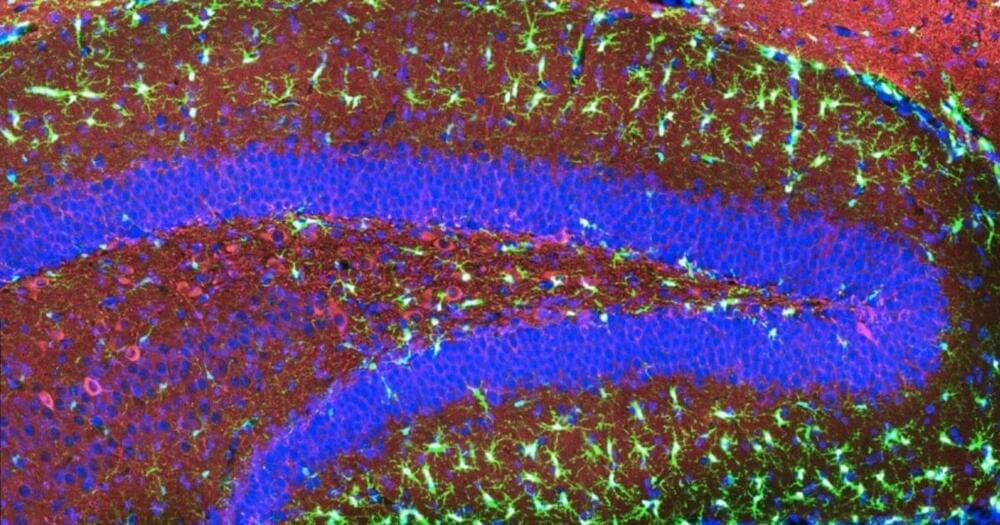Shares of Amazon closed up 1.5% on Wednesday.
Last November, the European Commission warned the planned acquisition raises competition concerns, saying it found Amazon may have the ability to prevent or degrade iRobot rivals’ access to its online site by delisting or reducing the visibility of their products in search results and other areas.
The European Commission opened an in-depth probe into the purchase last July and is expected to rule on the deal by Feb. 14.









